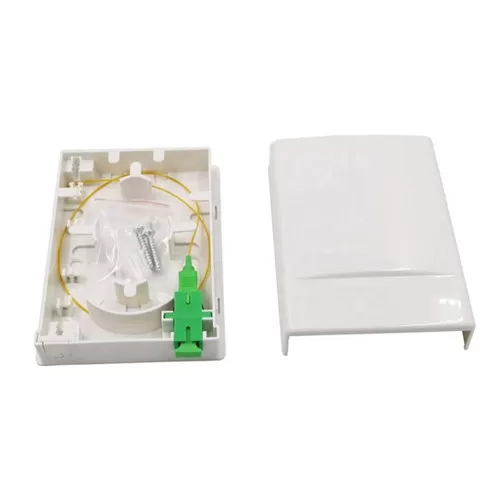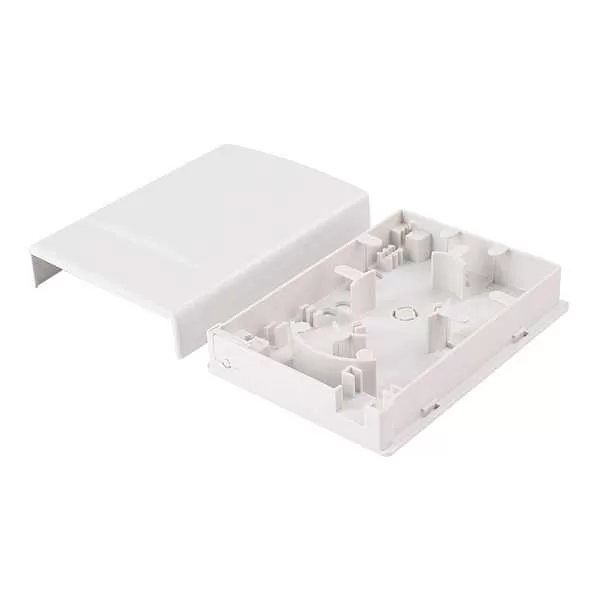The unassuming SC wall mount socket outlet faceplate plays a vital role in modern communication networks. While it may seem like a simple component, selecting the right faceplate is crucial for ensuring efficient and reliable data transmission.

Understanding the SC Wall Mount Socket Outlet Faceplate
An SC wall mount socket outlet faceplate serves two primary purposes:
- Protection: The faceplate safeguards the delicate SC connector port from dust, debris, and physical impact. This is essential for maintaining optimal signal transmission quality.
- Port Management: Faceplates typically accommodate one or more SC adapter ports, allowing for organized cable management and connection flexibility.
Choosing the Right SC Wall Mount Socket Outlet Faceplate:
Several factors come into play when selecting an SC wall mount socket outlet faceplate:
- Number of Ports: Consider the number of SC connections you require. Faceplates are available with single, duplex (two-port), or even quad (four-port) configurations.
- Adapter Type: SC connectors come in various adapter types, such as simplex (single-mode) or duplex (multi-mode). Ensure the faceplate you choose accommodates the type of adapter you’ll be using.
- Material: For durability and fire safety, consider faceplates constructed from high-quality materials like ABS plastic or even metal.
- Color: While black is a common choice, some faceplates are available in various colors for easier cable identification or aesthetic preference.
Beyond Functionality: Additional Considerations

- Ease of Installation: Look for faceplates with user-friendly installation mechanisms for a smooth setup process.
- Dust Protection: For environments prone to dust accumulation, consider faceplates with dust shutter features for enhanced protection.
- Security: If managing secure networks, certain faceplates offer locking mechanisms to safeguard against unauthorized access.
Conclusion
By understanding the function and key selection factors of SC wall mount socket outlet faceplates, you can ensure optimal performance and protection for your critical fiber optic connections. Remember to prioritize quality materials, consider your specific needs, and don’t hesitate to consult with a professional fiber optic manufacturer for guidance if needed.
